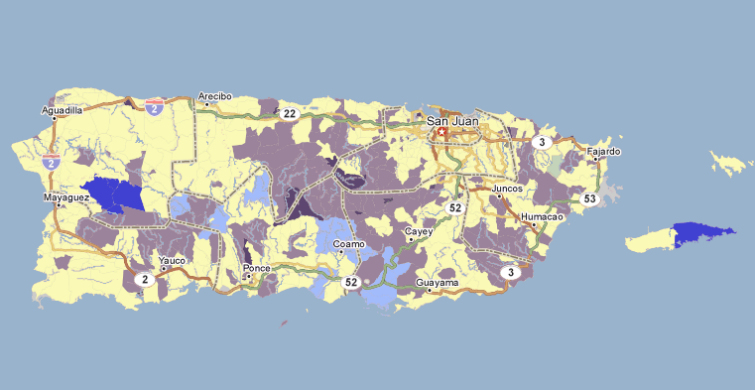2014 CRA Eligibility Status Updated on PMap!

The Community Reinvestment Act (CRA) was passed by Congress in 1977 to encourage banks to extend credit to low- and moderate-income Americans. The Act was a response to redlining, a common practice involving systematically denying credit or increasing the costs of banking services to communities based on income, race or other discrimination. CRA requires that financial institutions undergo periodic evaluations to determine whether they are meeting the credit needs of the communities in which they operate, including low- and moderate-income neighborhoods. Tracts are CRA eligible if they are low- or moderate-income, or if they are nonmetropolitan middle income tracts designated by the Federal Financial Institutions Examination Council (FFIEC) as distressed or underserved.
The CRA Eligibility and the Tract Median Family Income as a percent of Area Median Family Income data, both of which can found in the Federal Guidelines tab under Additional Federal Guidelines Data, have now been updated to 2014. It is also worth noting that this was the first year that the FFIEC provided distressed and underserved tracts for American Samoa, the Commonwealth of the Northern Mariana Islands, Guam, and the U.S Virgin Islands! The map below shows the CRA eligibility status for census tracts in Puerto Rico and the U.S. Virgin Islands. You can see that Puerto Rico has a number of tracts that are not CRA eligible, as well as a mix of those that are Low Income, Moderate Income, Middle Income Distressed and Middle Income Distressed and Underserved.
For more information about this data or the poverty and unemployment thresholds used to determine whether a tract is distressed or underserved, see this source list document put out by the FFIEC or, more broadly, the CRA page of the FFIEC’s website.